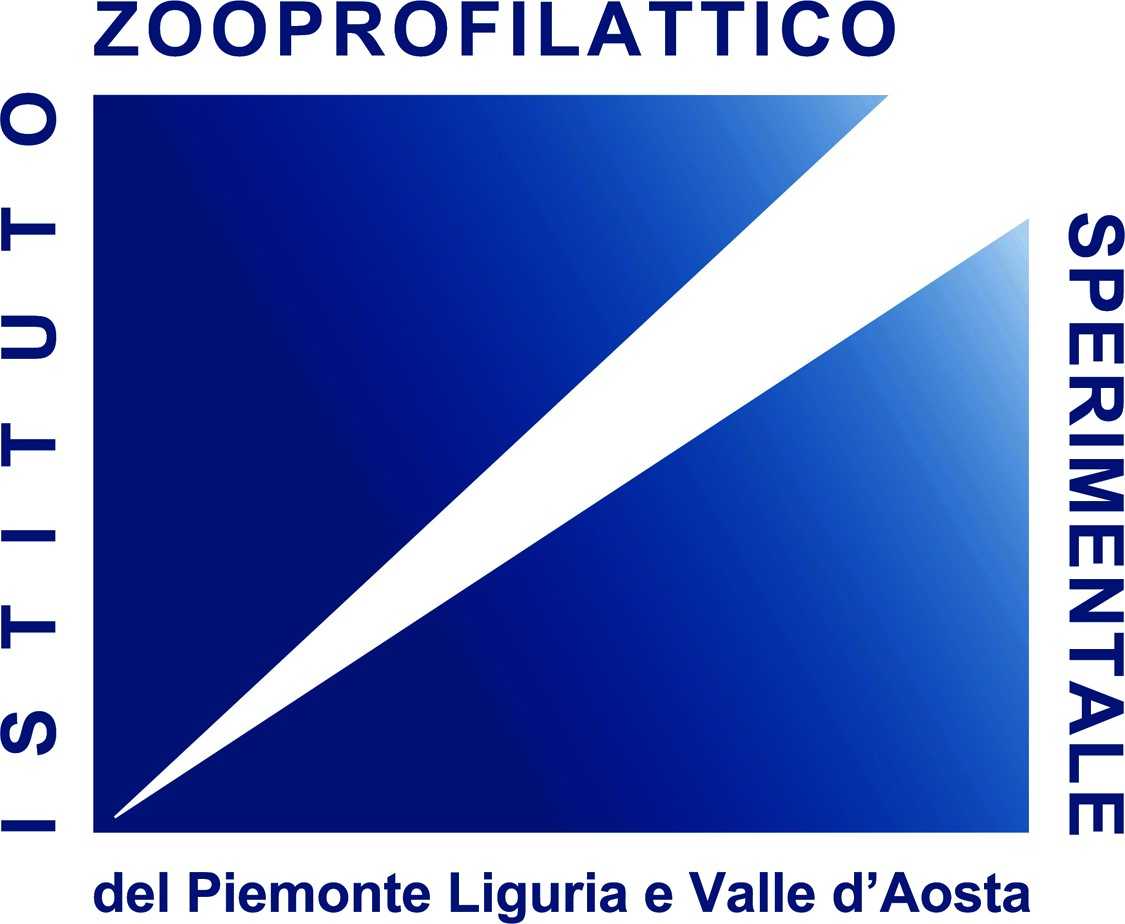L. garvieae is the aetiological agent of lactococcosis in freshwater and marine fish. SUPERTROUT, a European project in the context of the Partnership for Research and Innovation in the Mediterranean Area (PRIMA), was founded with the aim of sustaining small-scale farming systems of trout production in the Mediterranean area (Figure 1) by using an innovative approach to control lactococcosis. The project involves Italy, Spain, Greece, and Turkey as the major producers of rainbow trout (Figure 2). The mechanisms by which L. garvieae can show pathogenicity are due to the effect of
virulence factors. Hemolysins are extracellular toxic proteins, functioning as virulence factors, by generation of pores and alteration of membrane structure. Three hly genes were found in the genome: hly1, hly2, and hly3. Archival strains collected in Italy, Spain, Greece, and Turkey were characterized in this study as part of SUPERTROUT project.
DNA was extracted using the freeze-boiling thawing method and amplified as described by Teker et al. (2018) (Figure 3). For DNA sequencing, BigDye 3.1 chemistry was used. Sequences were aligned with the reference sequences genes present in Genbank, hemolysin 1 (GenBank accession number: MG999526), hemolysin 2 (MH316613) and hemolysin 3 (MH316614). The presence of the capsule gene cluster in L. garvieae strains was screened with the primers listed in Figure 3 using the protocol reported by Ture and Altinok (2016).
Data from hemolysin phylogenesis revealed a higher similarity among strains from Greece, Turkey and Spain, and a lower similarity with Italian strains was revealed, suggesting the strains’ geographical origins. The results are consistent with those obtained by PFGE analysis which showed a closer genetic relatedness observed among Turkish, Greek and Spanish isolates with the Italian isolated
being more distantly related. Possible drivers of virulence evolution might result in pathogen virulence alterations, with consequences for mortality and economic effect on production.
Poster of Aquafarm 2022 congress




